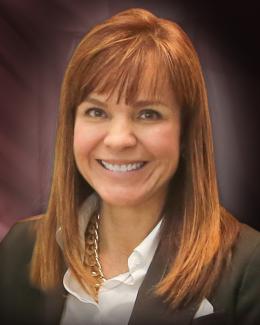Abstract
Background and Purpose
Process mining for conformance analysis consists of comparing a reference process model against a data-driven process model generated via log files from information technology systems. However, in the absence of a complete reference process model, we found no suggested approaches in the literature to address the need for evaluating process conformance among different healthcare facilities to assess standardization of care. Our goal is to find similarities and dissimilarities in data-driven process models among US Veterans Health Administration (VHA) facilities that can be indicative of patient safety issues. Our hypothesis was that the analysis would not produce statistically significant differences in outcome.
Methods
We present a unique implementation of conformance analysis in process mining that consists of combining process mining, process mapping and statistical metrics. We illustrate our approach by applying it to the analysis of two clinical radiology order process models generated from healthcare data provided by two similar facilities in the VHA.
Results
The comparative assessment showed that about 70% of the orders completed successfully and 30% were not completed due to policy and duplications. Our analysis found a good statistical correlation between both facilities, as the Spearman’s correlation coefficient between facilities for the frequency of cases per total hours was 0.87879, for the frequency of cases by state transition was 0.79702 and for the throughput time per state transition was 0.63582. Additional statistical analyses using the Mann-Whitney U test and the root mean square error both produced values that were not significant.
Conclusions
The foregoing approach validated our hypothesis by demonstrating a good statistical correlation of data describing the flow of clinical radiology orders absent a credible reference model. Finding good agreement between both facilities was important in confirming that the clinical orders flow in a similar manner, suggesting standardization of care.





